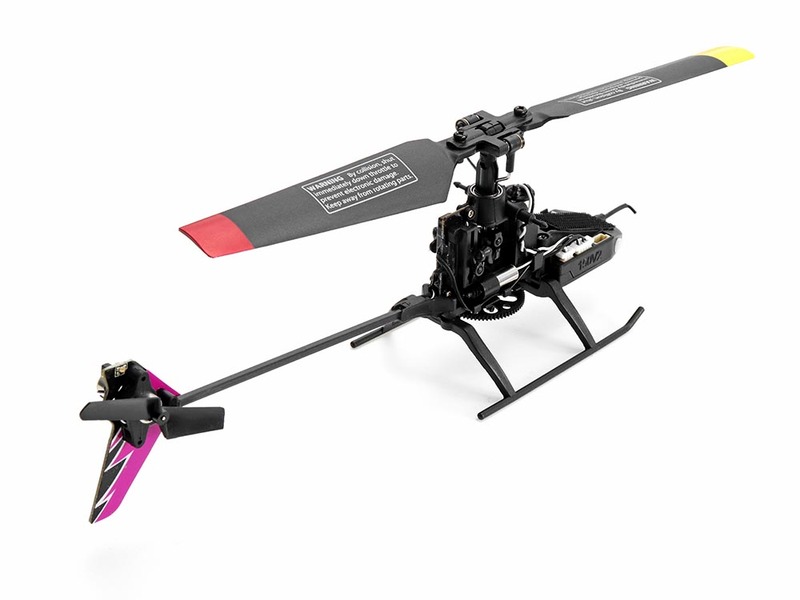How do helicopters know where to go?

Helicopters are able to know where to go by using a variety of navigational tools. The most common way for helicopters to know where to go is by using a GPS system. GPS stands for Global Positioning System and is a satellite-based navigation system that provides accurate location and time information to users. GPS systems are used in a variety of applications, including aviation. In aviation, GPS systems are used to provide pilots with information about their current location, the direction they are heading, and the distance to their destination.
In addition to GPS, helicopters can also use other navigational tools such as inertial navigation systems (INS) and radio navigation systems. INS systems use accelerometers and gyroscopes to measure the aircraft’s position, speed, and attitude. Radio navigation systems use radio signals from ground-based transmitters to determine the aircraft’s position.
Helicopters can also use visual navigation techniques to determine their location. Visual navigation involves the use of landmarks, terrain features, and other visual cues to determine the aircraft’s location. Pilots can use visual navigation to determine their position relative to a known point, such as an airport or a city.
Finally, helicopters can also use autopilot systems to help them navigate. Autopilot systems use a combination of GPS, INS, and radio navigation systems to determine the aircraft’s position and to control its flight path. Autopilot systems can be programmed to fly a predetermined route, or they can be used to fly a route that is determined by the pilot.
In summary, helicopters use a variety of navigational tools to determine their location and to help them know where to go. These tools include GPS, INS, radio navigation systems, visual navigation, and autopilot systems. By using these tools, helicopters can safely and accurately navigate to their destination.
Comments / Question
2. Traffic Collision Avoidance System (TCAS): This system uses transponders to detect other aircraft in the area and alert pilots to potential collisions.
3. Terrain Awareness and Warning System (TAWS): This system uses GPS and radar data to alert pilots to any terrain that may be in their path.
4. Air Traffic Control (ATC): ATC helps pilots stay on track by providing them with instructions on where to fly and when to turn.
5. Weather Avoidance Radar (WAR): This system uses radar to detect and alert pilots to any adverse weather conditions in the area.
2. Pilots must be certified and trained in safe helicopter operations.
3. Pre-flight checks must be conducted to ensure the helicopter is functioning properly.
4. Pilots must use navigation systems to maintain their course.
5. Helicopters must be equipped with two-way radios to maintain communication with air traffic control.
6. Helicopters must be equipped with GPS tracking systems for real-time monitoring of their location.
7. Pilots must follow designated airways and must be aware of restricted areas.
8. Weather conditions must be monitored and flight plans adjusted as necessary.

